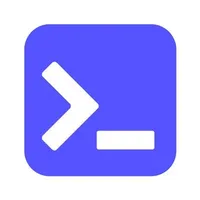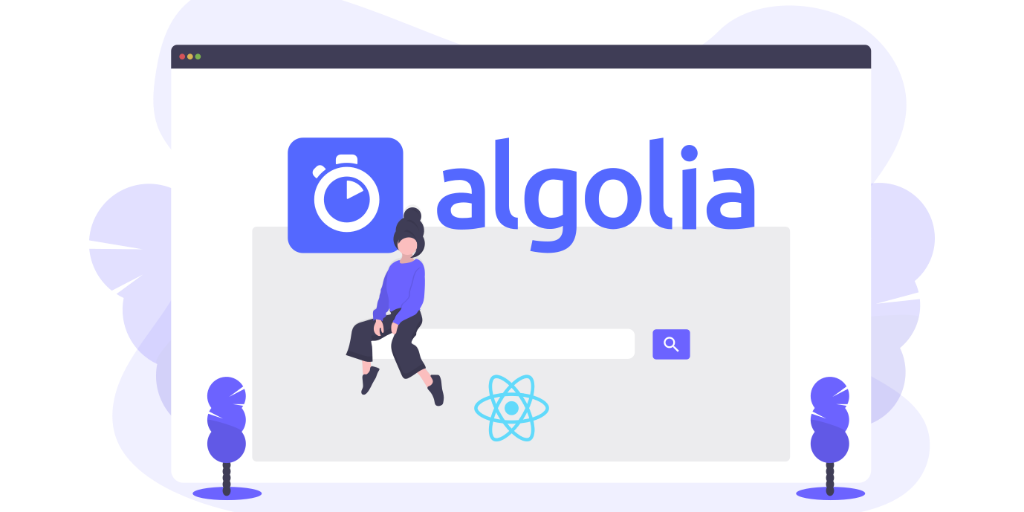
Introduction
This review covers “Getting Started with Algolia API – AI-Powered Course,” a developer-focused online training that teaches how the Algolia API works, how to build search experiences, and how to extend widgets to create a tailored, fast search in applications. The course is offered by Algolia and falls in the online technical training / developer education category. Its intended use is to get developers, product engineers, and technical product managers up to speed with building production-ready search interfaces powered by Algolia and integrating Algolia’s APIs and UI widgets into web and mobile applications.
Brief Product Overview
At its core, this course aims to demystify Algolia’s API and provide practical instruction for building search experiences. It is geared toward
those who want to:
- Understand Algolia’s search model and API calls
- Integrate Algolia into frontend applications
- Customize and extend UI widgets for tailored search interactions
- Improve search performance and relevance for end users
Appearance and Aesthetic
As a digital learning product, the course’s “appearance” is defined by its learning environment and materials rather than physical design. The course typically includes:
- Video lectures and screencasts demonstrating code and UI behavior
- Slide decks and written documentation summarizing key concepts
- Interactive code examples, sample projects, or GitHub repositories to clone
- Hands-on labs or guided exercises that run in a browser-based editor or require a local setup
The aesthetic is utilitarian and developer-focused: code-first, with screenshots or live demos of search interfaces. Visual polish tends to emphasize clarity—clean UI examples, highlighted code snippets, and side-by-side live demos—so learners can see how changes in code affect search results and UI immediately.
Key Features and Specifications
- API Fundamentals: Explanation of Algolia’s REST API endpoints, indexing, search queries, and result structures.
- Search UI Building: Guidance on building search experiences using Algolia’s front-end libraries (e.g., InstantSearch or UI components) and how to wire them to backend data.
- Extending Widgets: Techniques for customizing or extending default widgets to achieve custom behavior or UI interactions.
- Relevance & Tuning: Best practices for relevance tuning, faceting, ranking, and handling typos and synonyms.
- Performance Tips: Recommendations for fast searches, client-side vs server-side considerations, caching strategies, and minimizing latency.
- Hands-on Examples: Sample projects, code snippets, and possibly a demo app to practice integration end-to-end.
- Developer Workflow: Integration with SDKs, authentication/keys management, and deployment considerations for production use.
- Target Level: Beginner-to-intermediate developers; assumes some familiarity with web development and JavaScript.
Experience Using the Course (Various Scenarios)
1. Absolute Beginner with No Algolia Experience
For someone new to Algolia, the course’s clear walkthrough of core concepts (indexes, records, search parameters) provides a well-paced introduction. The combination of conceptual explanation and immediate code examples helps bridge theory to practice. Expect to spend extra time on API key management and understanding how ranking and replicas work—those are topics that benefit from rewatching a section or two.
2. Frontend Developer Building a Web Search Interface
Frontend developers will appreciate concrete examples of widget composition and how UI changes reflect on search results. The course’s live demos and code snippets accelerate the process of scaffolding a production-ready search bar, results listing, and faceted filters. Extending default widgets is particularly useful when requirements deviate from out-of-the-box behaviors.
3. Mobile or Cross-Platform Integration
While the course focuses on core API principles and common web UI libraries, the API-centric lessons translate well to mobile platforms. Developers building native or React Native apps can apply indexing, query, and tuning concepts; however, additional platform-specific guidance (e.g., integrating SDKs for iOS/Android) may be limited and require supplementary documentation.
4. Team Onboarding & Product Prototyping
For teams adopting Algolia, the course is a concise onboarding resource that helps align engineers and product folks on terminology and expected behavior. The practical demos make it easy to prototype a proof-of-concept within a day or two. It’s valuable as part of a broader onboarding toolkit combined with Algolia’s official docs and support resources.
5. Production Hardening and Tuning
The course introduces important production concerns—relevance tuning, ranking, and performance best practices—but deep production hardening (security policy for API keys, extensive A/B testing, complex ranking strategies) often requires more advanced or specialized material beyond an introductory course. Still, the course prepares developers to ask the right questions and identify where more advanced guidance is needed.
Pros
- Practical and Hands-on: Focused on actionable implementation and real code examples rather than theory alone.
- API-Centric: Emphasizes the API model, making lessons applicable across platforms (web, mobile, backend).
- Widget Customization: Provides useful instruction on extending default widgets to meet bespoke UI/UX needs.
- Speed & Performance Awareness: Covers important topics like minimizing latency and delivering fast user experiences.
- Clear Progression: Structured for beginners to intermediate learners so you can go from zero to a working search interface quickly.
Cons
- Surface-Level on Advanced Topics: Advanced production topics (extensive ranking strategies, complex multi-tenant setups, advanced security, or in-depth A/B testing) may not be covered in depth.
- Platform-Specific Gaps: May lack deep, platform-specific tutorials for native mobile or less-common frameworks—mostly focused on web frontends.
- Assumes Basic Dev Knowledge: Absolute beginners to web development might struggle with snippets unless they have prior JavaScript/HTML experience.
- Dependent on External Docs: For complete reference and edge cases, you’ll still need to consult Algolia’s official documentation and API reference.
Conclusion
Getting Started with Algolia API – AI-Powered Course is a solid, practical introduction for developers and teams who want to build fast, relevant search experiences using Algolia. It shines as a developer-oriented, hands-on course that covers essential API concepts, UI integration, and widget customization. It is particularly suited for frontend engineers and product teams prototyping or shipping search functionality quickly.
If you need a deep-dive into advanced production topics, platform-specific SDK advice for native apps, or enterprise-level security and scaling patterns, plan to supplement this course with Algolia’s documentation and advanced resources. For most users—especially web developers seeking to implement and customize search—this course offers strong fundamentals and practical takeaways that deliver value quickly.
Overall rating: Highly recommended for beginner-to-intermediate developers building web search experiences; recommended with caveats for those needing advanced, platform-specific, or enterprise-scale guidance.







Leave a Reply